How Dave Friedman became Steve Stevens and Jerry Cantrell’s favorite amp builder – and built one of the world’s best best boutique amp companies
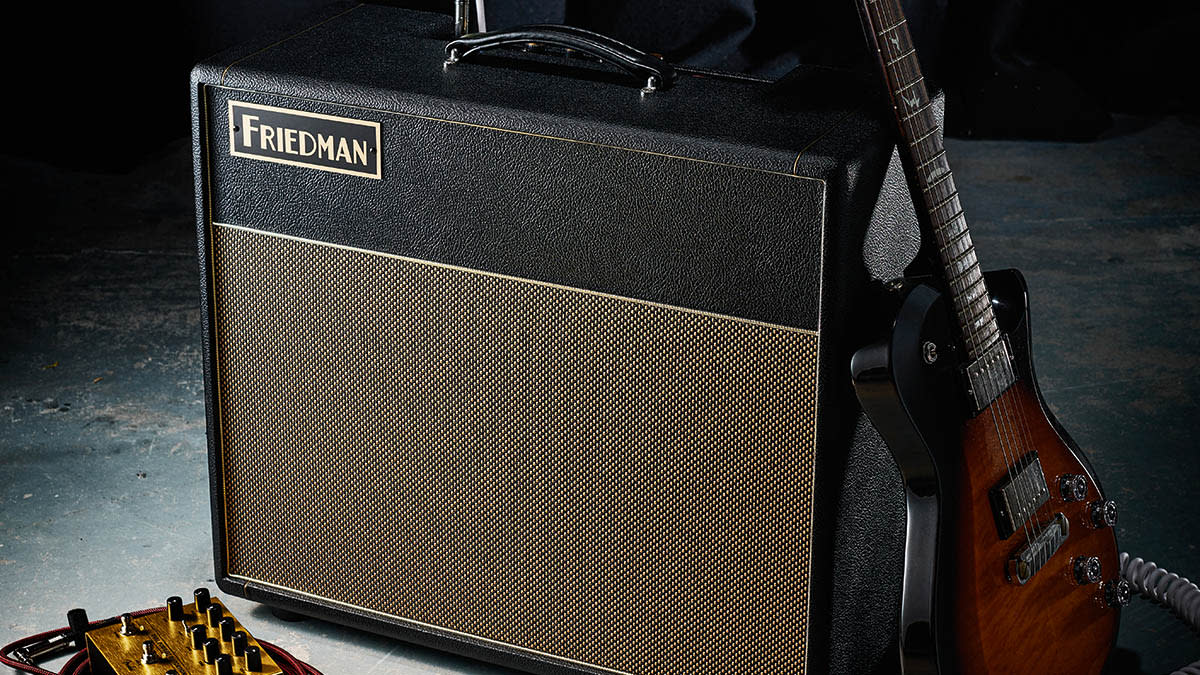
- Oops!Something went wrong.Please try again later.
Over the past 25 years, Dave Friedman has built, tweaked and modded guitar amps for some of the world’s most renowned players. A quick glance through the extensive roster of Friedman Amplification reveals a who’s who of musicians from Eddie Van Halen, Steve Stevens and Jerry Cantrell, to Richie Sambora, Joe Bonamassa, Dave Grohl and Bill Kelliher.
Although known mostly for his modded Marshall-style high-gain tones, Friedman is no one-trick pony. In fact, his impressive line of combos and heads has plenty of tonal light and shade. Dave joins us to discuss the incredible journey that elevated him to the status of amp guru.
How did you get started in the business?
“Well, I’m a guitar player – originally from Detroit – and I aspired to be a professional player in a touring band with a record contract and so on. I got into gear at a young age and was obsessed with guitar tone. I always wanted to know how to get that tone.
“At some point, I got in contact to ask a question of a guy named Andy Brauer in LA whose name I’d seen in a guitar magazine; he was putting together rack systems for a lot of top players and he also had a gear rental business. After that, we kept in touch and around 1987 I told him I was moving to Southern California. He told me to look him up, so I did.
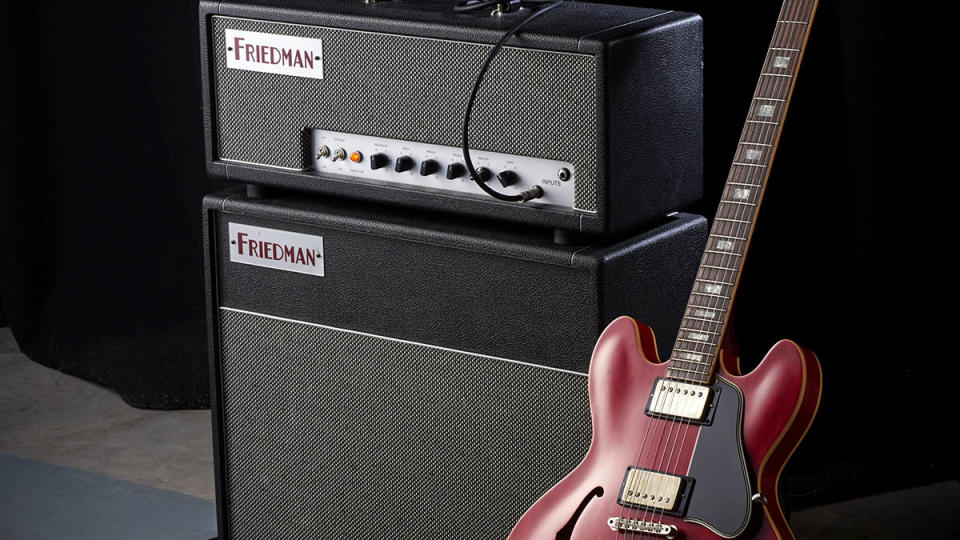
“He gave me a job carting for Andy Brauer Studio Rentals where I would help deliver and pick up rental gear. Brauer had every vintage and modern amp that you could think of: [‘black panel’] Fenders, Tweeds, Hiwatts, Marshall ‘Plexis’, modded Marshalls… I became very familiar with all the gear. When Andy’s main rig builder decided to leave, I was confident I could step in and take his place so they gave me a shot. That was the beginning of my career as a rig builder.
“Andy eventually partnered with Greg Bales who had a music store in Chicago called Make’n Music and they opened a Los Angeles store where we set up shop. While I was there, I got involved with [amp maker] Bruce Egnater. One of our clients brought in a Soldano preamp that Bruce had modded and it sounded fantastic.
“I contacted Bruce and told him if he made a four-channel preamp, I could easily sell it to our clients – so he did. He built it, but we tweaked it together. It became hugely popular with the studio guys and everyone had one in their rack. This is when I really started learning electronics and Bruce became my mentor.”
When did you actually start building amps?
“By 1993, I had left Make’n Music and got involved with a couple of other companies. I designed the front-end of the Budda Superdrive series amps and the Blankenship Variplex with Roy Blankenship. Both were hugely successful. From there, I made a few hand-built amps for various players and then started Marsha Amps around 2008. But after getting a cease and desist from Marshall, I changed the name to Friedman Amplification.”
I was in the right place at the right time. I had established myself as a professional rig builder so I had access to guys like Steve Stevens, Jerry Cantrell and others
With so many amps to choose from, why do you think your amps took off and became so successful?
“I was in the right place at the right time. I had established myself as a professional rig builder so I had access to guys like Steve Stevens, Jerry Cantrell and others. When I started building, it was easy for me to get my amps in front of those guys. Obviously, the sound had to back up my pitch to them – but it did, and the amps took off with those kinds of players.
“We also did a deal with Boutique Amps Distribution in 2014 and they now build and distribute our amps. The relationship with them – along with their sales and marketing network – really took us to the next level as far as getting products into big retailers and distribution around the globe. And I’m very much involved with them; in fact, I [still] test and sign every single amp that goes out the door.”
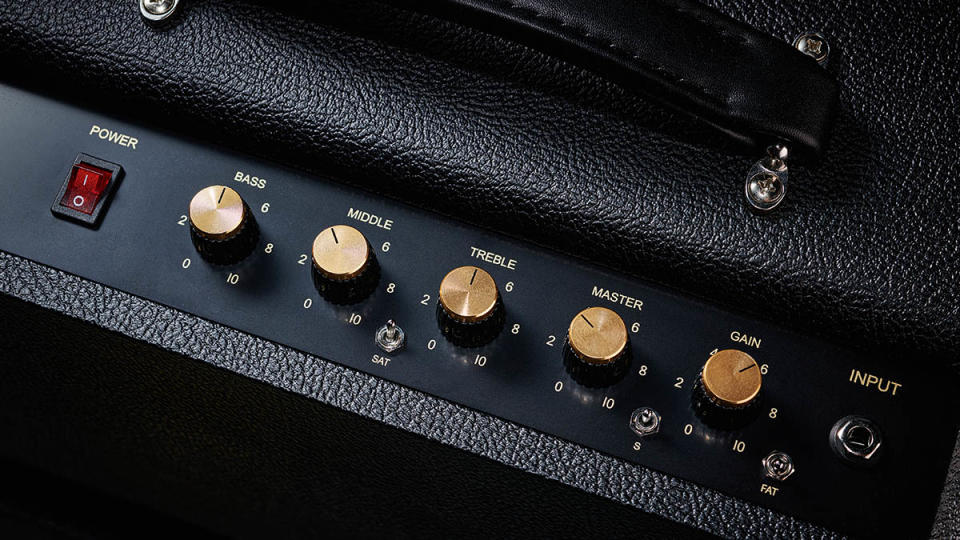
Where does your inspiration come from for new amp designs?
“Originally, the ideas came from what I heard in my head. Players do sometimes come to me with different ideas, but after you’ve developed a core sound, so to speak, from there you’re just making tweaks and adjustments. For example, take the clean channel from this amp and the dirty channel from another, add a couple of other things, then house it in a different shell.
“Guitar players generally don’t want to hear completely new sounds. They want to hear tones based on a set of sounds from the past but with some variation, like more gain or some other added features.”
As your business continues to grow, do you ever feel like it’s getting away from you?
“I stay as close to it as I can. I still do all the customer service, which means if you email Friedman Amplification, you get me. People love having direct access to me and personalised service.”
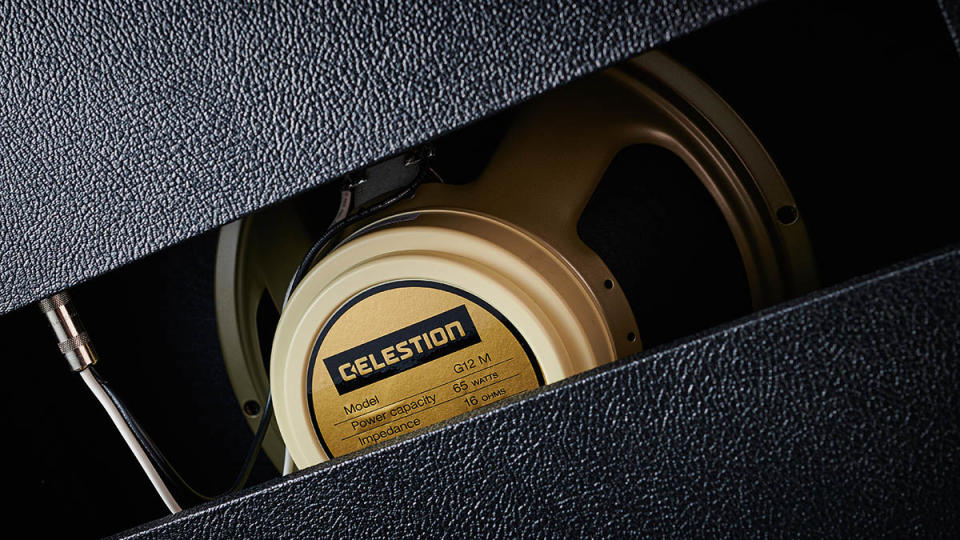
Out of all the amps you’ve built over the years, which one are you most proud of?
“It’s hard to say because they are all my favourites; they’re just different sounds. I would say that the flagship BE-100 is the amp I’m most proud of, but the Small Box and Dirty Shirley are some of my favourites, too. The limited-production Jake E Lee amp [JEL-100 Red Dragon Cartel head] is also a favourite.
“It’s a brutal rock ’n’ roll machine, not for the faint of heart. It’s bright and it has this ‘prang’ to it. Some say that it’s my best amp ever. We only made 200 units so I know some people are frustrated because you can’t get them any more.”
You developed small 20-watt versions of some of your bigger amps. Do you have any plans to do a 20-watt Jake E Lee amp?
“Yeah, that’s something I’d like to do because people really want it. You can’t get the full-sized amp any more, so we’ll probably end up doing it. It won’t be limited edition like the original Jake, it will be a full production model. I’m not sure when we’ll have it out yet.”
What do you think is the most underrated amp in your back catalogue?
“Well, I made a clean amp that’s now discontinued; it’s called the Buxom Betty. It had an amazing reverb and it was great with pedals. A great-sounding amp, but it was loud and people couldn’t justify paying $3,000 for just a clean channel. The tone would break up if you cranked it, but it was made to be a high-headroom amp so it would only break up at high volumes. I still think it’s a fantastic amp and we would probably make one if someone asked for it.”
When you’re testing and tuning your amps, what are your go-to speakers or cabinets?
“I use a 4x12 cabinet loaded with modern 25-watt Celestion Greenbacks, a 4x12 cab with Vintage 30s and another 4x12 with a mix of Greenbacks and Vintage 30s. We put together a rig for Jerry Cantrell back in the Make’n Music days and we had a Greenback cab and a Vintage 30s cab setup in our showroom. Jerry played through both cabs together and really liked the blend.
“After that, I lost track of Jerry for several years, but when he was doing the first Alice In Chains record with new singer William DuVall, I got involved with setting up a rig for him again. I mentioned to him that several years back he really liked the blend of the two different speakers so we tried it again – and he loved it. So to this day, he still uses the same cabinet configuration when he plays live.”
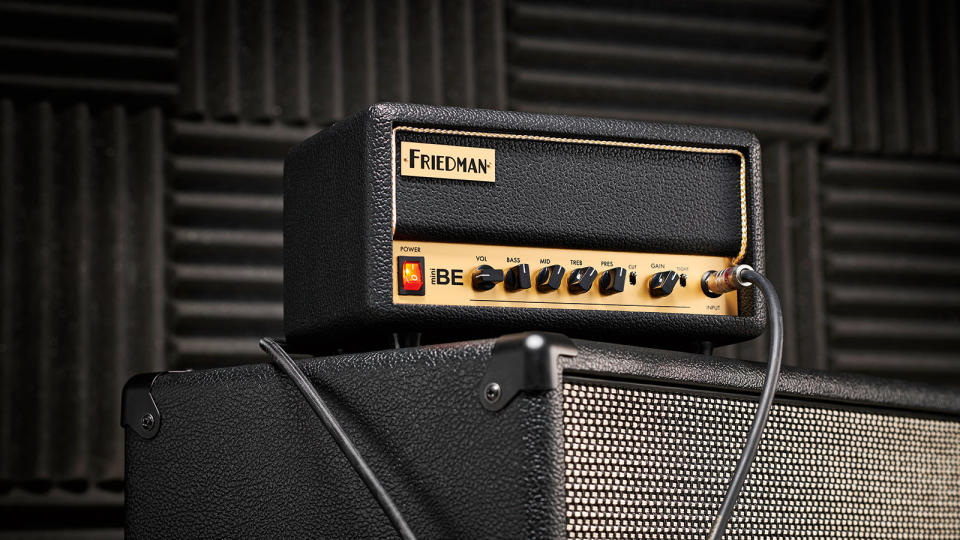
You’ve done a number of signature amps for various players. Who would you say was the most involved with design and input for their signature amp?
“Steve Stevens, hands down. He was very much involved and his model was also my first signature amp. I’ve been doing Steve’s guitar rigs for years and, early on, Steve was a big Marshall ‘Plexi’ guy.
“Over the years, he kind of steered away from that sound a little, so when I approached him about doing a signature amp, I suggested we go back to a ‘Plexi’-style circuit.
“There are some similarities between the BE-100 circuit and the Steve Stevens, but they are definitely different. Steve described exactly what he wanted so we spent time tweaking and dialling in the tone to his taste. He would come in, play the amp and then say, ‘Hey, can you make it a little more like this?’, so I would change a few parts and we’d go from there.
“Steve came to see me several times during the process and we would go back and forth where I would tweak and then he would play. We did this until we got to a point where he loved the amp.”
Who are your favourite music artists and guitar players?
“I’m a child of the ’80s, so Eddie Van Halen, of course. Warren DeMartini, George Lynch, Ty Tabor from King’s X. If we go back further than the ’80s, I would say Jimmy Page, who I’m a huge fan of, Pete Townshend, early Aerosmith. I kind of progressed with music over the years and didn’t stay in one spot, so I ended up getting into Alice In Chains and even appreciated Kurt Cobain in Nirvana. I’m also a big Jack White fan.
“There’s not a lot of new music that I love. I think we may have passed the heyday of making great records where they spend a lot of time writing great songs with great production and great guitar tones. If you look at the classic songs from groups like The Who or the Eagles, every part of the whole song, from the first opening guitar riff, is a hook. Look at a song like Hotel California; it’s a masterpiece. I just don’t hear music like that being made any more. There are some good new artists out there, but it’s not quite the same.”

